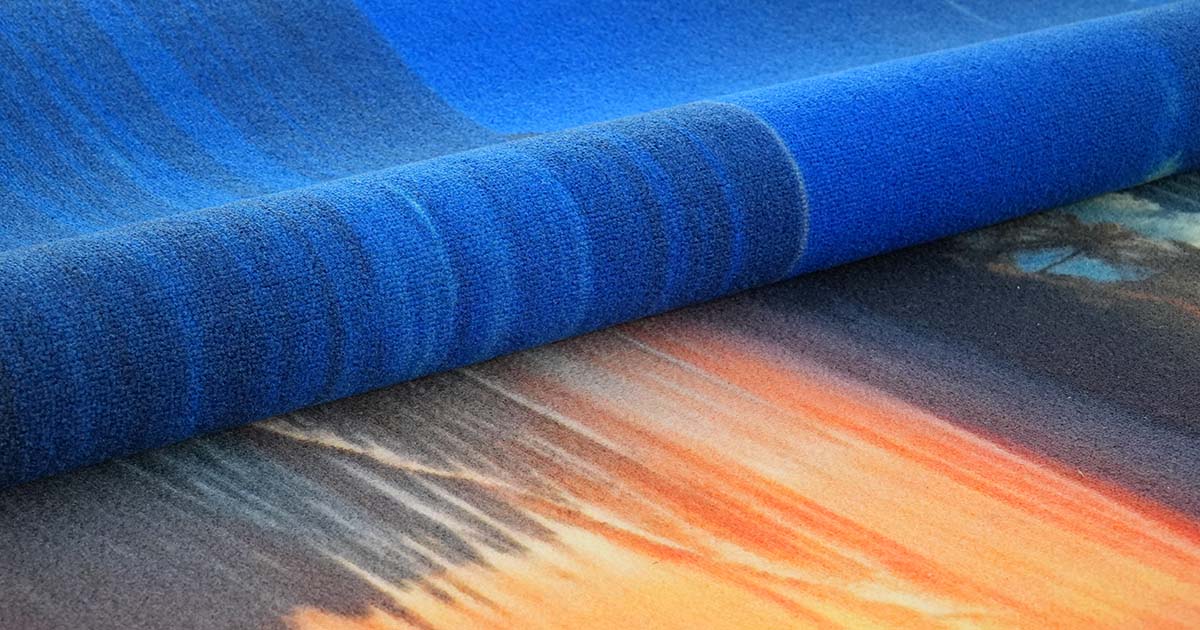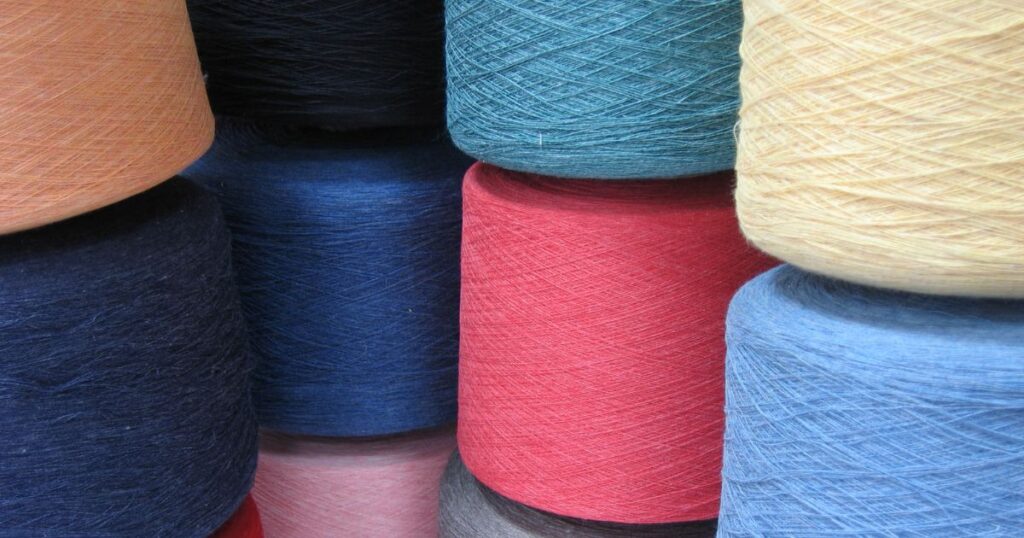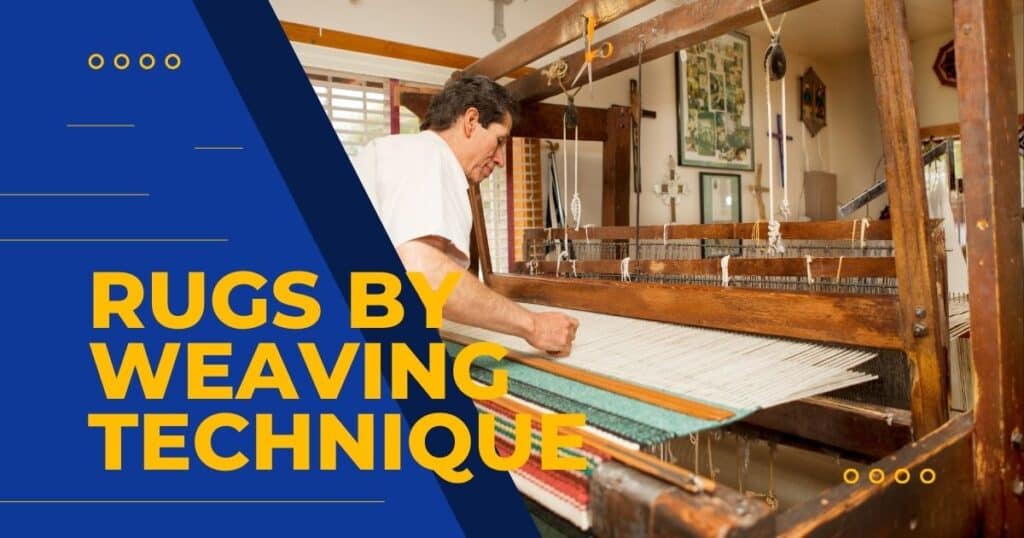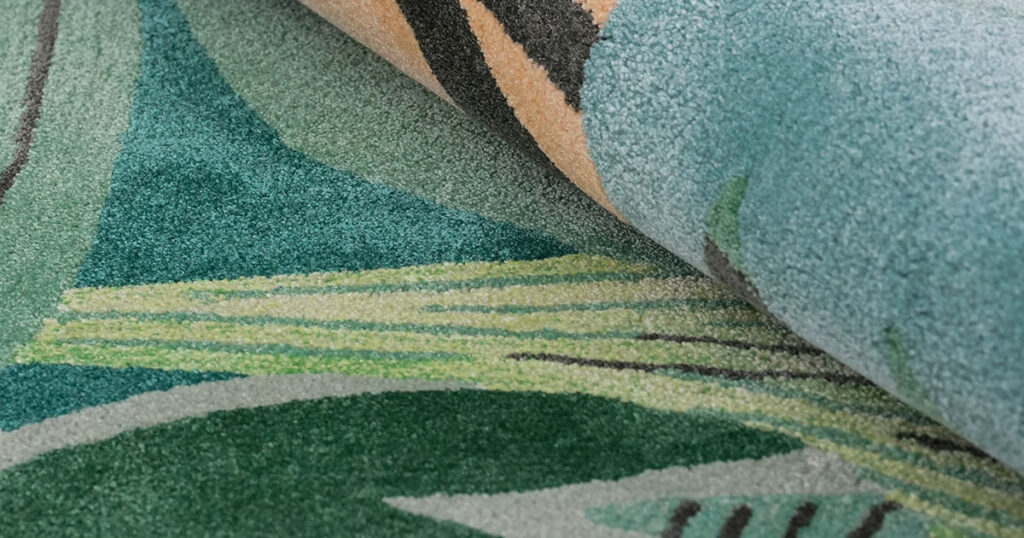Printed nylon rugs do more than just protect your floors – they enhance branding, define spaces, and create lasting impressions.
Whether you’re outfitting a hotel lobby, retail store, or corporate office, custom printed nylon rugs provide unique advantages that ordinary flooring options simply can’t match.
This guide will walk you through everything you need to know about these versatile floor coverings.
What Are Printed Nylon Rugs?
Printed nylon rugs are area rugs made from nylon fiber with custom designs applied through high-tech printing processes.
Unlike traditional carpets that use pre-dyed yarn, printed rugs start with a neutral (usually white) nylon base and have graphics, colors, or logos directly printed onto the surface.
This approach allows for unlimited design possibilities – from intricate patterns to photorealistic images – while leveraging the exceptional strength of nylon fiber.
Benefits of Printed Nylon Rugs
Branding and Visual Impact
Custom printed rugs offer powerful branding opportunities.
Place your logo in a lobby or entrance to reinforce brand recognition from the moment someone walks in. Beyond logos, you can incorporate your brand colors, slogans, or any visual elements that represent your business identity.
The visual impact extends to creating unique environments too. Hotels can print artistic patterns that complement interior design themes.
Retail stores can use floor graphics to highlight promotions or guide traffic flow. The design possibilities are truly unlimited.
Durability and Performance
When it comes to commercial spaces, durability is non-negotiable. Nylon fiber stands as the premier choice for high-traffic areas due to several key advantages:
Abrasion Resistance
Nylon fibers are remarkably strong and resist wear. They can withstand repeated foot traffic without fraying or thinning out, making them perfect for busy entrances and corridors.
Resilience
One of nylon’s standout features is its “bounce-back” ability. The fibers compress under weight but spring back to their original shape, helping the rug resist crushing or matting in high-traffic zones.
Stain Resistance
Most commercial nylon rugs come factory-treated with stain blockers. With these treatments (and prompt cleaning of spills), nylon rugs become highly stain-resistant and easy to maintain.
Longevity
A quality nylon rug can have an impressive service life. With proper care, nylon is considered one of the most long-lasting synthetic carpet fibers – a well-made nylon carpet can last 10-15 years in a commercial environment.
Practical Benefits
Beyond branding and durability, printed nylon rugs offer practical advantages:
Improved Acoustics
In open-plan offices or busy retail environments, rugs absorb sound and reduce echo, creating a more comfortable acoustic environment.
Enhanced Safety
Rugs provide slip resistance and cushioning underfoot, potentially reducing fatigue for staff who stand for long periods.
Defined Spaces
In open-plan areas, rugs help define functional zones (like waiting areas or meeting spaces) without physical barriers.
Floor Protection
Under furniture or in high-traffic paths, rugs protect your main flooring from wear and damage.
Rug Printing Techniques
Direct Digital Printing vs. Dye Sublimation
Two main printing methods are used for custom rugs, each with distinct characteristics:
Direct Digital Printing
This method uses high-pressure jets to spray dye directly into the nylon carpet fibers. It’s ideal for nylon rugs because nylon readily accepts dye, allowing for good penetration. The dye reaches deep into the fiber, so the design isn’t just sitting on the surface but colored well into the pile for better wear resistance.
After printing, the carpet is typically steamed to fix the dyes, then washed and dried to remove excess dye. This process creates vibrant, long-lasting colors.
Dye Sublimation
This technique involves printing the design onto transfer paper, then using heat to permanently bond the ink into the fibers. The inks transform into gas under heat and “sublimate” into the fabric.
While dye sublimation creates extremely colorfast prints with photographic detail, it’s primarily used for polyester rather than nylon. If you encounter dye-sublimated rugs, they might be polyester with different wear characteristics than nylon.
Image Resolution & Design Considerations
When planning your printed rug, keep these design factors in mind:
Practical Resolution
Carpet has a lower resolution than paper printing. Very fine details might appear fuzzy, so avoid tiny text or extremely thin lines. As a rule of thumb, keep text at least 1/2 inch (1.3 cm) tall for legibility.
Color Matching
Most suppliers can match Pantone or other color standards to ensure your brand colors appear correctly. For critical color matching, request a sample or “strike-off” to verify before full production.
File Quality
Provide the highest resolution artwork possible. Vector files (like Adobe Illustrator files) are ideal since they scale without quality loss. For photographic images, ensure they’re high resolution at the rug’s intended size.
Sizing, Installation & Edge Finishing
Standard vs. Custom Sizes
Many suppliers offer standard rug sizes (like 3’x5′, 4’x6′, 6’x8′) for convenience. These standard sizes may be pre-priced and easier to order.
However, one advantage of custom printing is that you can often request dimensions to the exact inch you need. The width is typically limited by the printer or carpet roll width (commonly 10-12 feet), while length can be as long as needed.
Edge Finishing Techniques
The edges of your printed rug need proper finishing to prevent fraying:
Binding
This involves sewing a durable fabric tape over the rug edges. The tape wraps around the edge and creates a thin, clean border about 1/4 to 3/8 inch wide. Binding gives a sleek, professional look and is popular for commercial applications.
Serging
Serging uses yarn to wrap the edge in a continuous spiral stitch. This creates a thicker, more textured edge (about 3/8 inch wide) that can add a decorative touch. Some find this gives a higher-end appearance.
Rubber Edges
Many entrance logo mats have molded rubber edges as part of the backing. This creates a beveled transition to the floor, preventing trips and containing moisture. These are excellent for entrance areas but usually limited to standard rectangular shapes.
Maintenance and Longevity
Routine Cleaning
Regular maintenance extends your rug’s lifespan and preserves its appearance:
Vacuum Regularly
For high-traffic areas, daily vacuuming is recommended. In moderate traffic areas, 2-3 times per week might suffice. Use a vacuum with a rotating brush for cut pile rugs to effectively remove soil.
Prompt Spot Cleaning
Address spills immediately to prevent stains. Blot (don’t rub) liquids with a clean cloth and use appropriate cleaners for nylon. Avoid bleach, which can damage dyes.
Periodic Deep Cleaning
Even with regular vacuuming, periodic deep cleaning is necessary:
Hot Water Extraction
Also known as steam cleaning, this is the most effective method for nylon rugs. It injects hot water and cleaning solution into the carpet and extracts it along with soil. For printed rugs, ensure cleaners use a neutral pH cleaner to protect colors.
Professional Cleaning Frequency
High-traffic entrance rugs might need quarterly extraction, while office rugs might be fine with once or twice yearly deep cleaning.
Extending Rug Life
To maximize your investment:
Use walk-off mats at entrances to capture dirt before it reaches your printed rug
Rotate symmetric rugs occasionally to even out wear
Protect from direct sunlight to prevent fading
Consider reapplying carpet protector after deep cleaning
Address any edge damage or loose binding promptly
With proper care, a quality printed nylon rug can maintain its appearance for 10+ years in commercial settings.
Making the Right Choice
Assessing Your Needs
Before finalizing your printed rug purchase, consider these factors:
Traffic Level
Determine whether your rug will be in a high, medium, or low traffic area. This impacts the recommended pile density and face weight.
Maintenance Resources
Consider your facility’s cleaning capabilities and schedule. Can you vacuum daily? How often can you schedule professional cleaning?
Environmental Factors
Is the rug exposed to sunlight? Will it encounter moisture or spills? These considerations affect material and treatment choices.
Design Requirements
Think about your visual goals. Do you need exact color matching? Will the design need to be updated periodically (like for seasonal promotions)?
The Investment Perspective
While cost is important, think beyond initial price:
Quality vs. Price
Evaluate the rug’s construction. A pricier rug that lasts twice as long effectively costs half as much per year of use.
Maintenance Budget
Include regular cleaning in your facility budget to protect your investment.
Warranty Coverage
Note warranty length and coverage. A longer warranty indicates manufacturer confidence in their product.
Next Steps
Ready to explore printed nylon rugs for your business? Here are some recommended actions:
- Assessment: Identify key areas in your facility that would benefit from custom rugs
- Design Ideas: Gather your branding materials and begin thinking about design concepts
- Supplier Research: Start contacting reputable manufacturers for information and samples
- Budget Planning: Consider not just purchase price but lifetime value and maintenance costs
Contact us today for a free consultation about how custom printed nylon rugs can transform your commercial space while reinforcing your brand identity.
Our team of experts is ready to help you navigate options and find the perfect solution for your specific needs.




